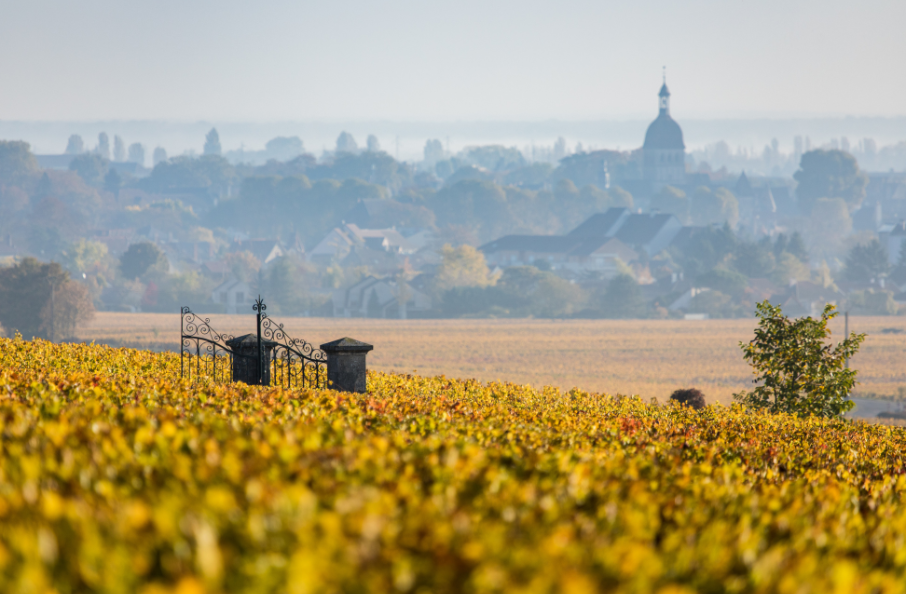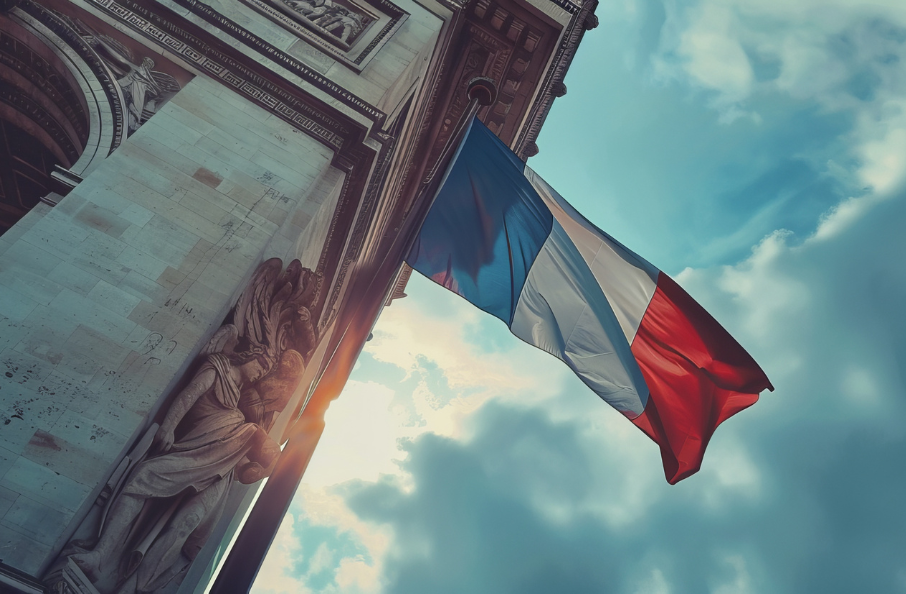Wine Customs
Beaujolais Nouveau Day in France
- Area: Beaujolais region and across France.
- Drink: Beaujolais Nouveau wine
- Background: Celebrated on the third Thursday of November, Beaujolais Nouveau Day marks the release of the first wine of the year’s harvest. The event began as a local tradition but gained international fame in the mid-20th century. The wine’s youthful, fruity profile embodies the joy and excitement of a fresh start.
- The Process: Festivals and parties are held in towns and cities, particularly in the Beaujolais region. At midnight, the first bottles are opened with fanfare, and celebrants toast with the wine, often accompanied by music, dancing, and regional dishes like charcuterie and cheese.
Navarra Wine Battle in Spain
- Area: Haro, La Rioja
- Drink: Red wine
- Background: Known as the Batalla del Vino (Battle of the Wine), this tradition dates to the 13th century and takes place during the annual Haro Wine Festival. Originally a religious pilgrimage, the event evolved into a celebratory battle where participants douse each other in red wine to honour the region’s winemaking heritage.
- The Process: Dressed in white with red scarves, participants gather with buckets, bottles, and sprays of red wine. The “battle” begins at dawn on a hillside, with wine flying everywhere. After the fight, the soaked revellers return to the town square to enjoy local music, food, and, of course, more wine—this time for drinking!
Wine in Georgian Supras
- Area: Georgia, particularly in family feasts.
- Drink: Local qvevri wine
- Background: Georgian supras (feasts) revolve around wine, which is integral to the country’s 8,000-year winemaking heritage. The tamada (toastmaster) leads the festivities, using wine to honour family, guests, and ancestors.
- The Process: Guests raise their glasses to a series of structured toasts led by the tamada. The wine, often made in qvevris (traditional clay vessels), flows freely, fostering a sense of unity and tradition.
Fortified Wine Traditions
The Royal Toast in the United Kingdom
- Area: Across the UK, especially in military and academic settings.
- Drink: Port wine
- Background: The Royal Toast is a longstanding tradition that honours the reigning monarch. Port, a drink with historical ties to British trade and heritage, has become the customary choice for this ritual.
- The Process: After dessert, port is poured, and the host or senior guest announces a toast to "The King" (or monarch). All rise, lift their glasses, and echo the toast before sipping. The ritual concludes the formal portion of the evening.
Port and Desserts in Portugal
- Area: Porto and Douro Valley
- Drink: Port wine
- Background: During the festive season and New Year’s, port wine accompanies Portugal’s rich desserts. This custom highlights family bonds and the nation’s pride in its fortified wine heritage.
- The Process: Port is served in small glasses alongside desserts like bolo rei. The host offers toasts to health, prosperity, and togetherness.
Oloroso Sherry in Andalusian Weddings
- Area: Andalusia, Spain
- Drink: Oloroso Sherry
- Background: In Andalusia, sherry holds a special place in celebrations, particularly weddings. Oloroso Sherry, known for its rich, nutty flavours, symbolises the depth and strength of the couple’s bond. The drink also reflects Andalusia’s pride in its winemaking heritage.
- The Process: Small glasses of Oloroso Sherry are served to guests after the wedding ceremony, usually alongside traditional sweets like polvorones. The couple begins the toast, offering thanks and blessings to their guests, who raise their glasses in celebration of the union.
Wine-Related Drinks
Glühwein at German Festive Markets
- Area: Germany Nationwide Festive markets.
- Drink: Mulled wine
- Background: A medieval solution to preserve wine, Glühwein has become a festive staple, warming both hearts and hands during chilly winter evenings.
- The Process: Vendors serve steaming mugs of mulled wine spiced with cinnamon, cloves, and citrus peel. Visitors sip as they browse handcrafted goods and savour seasonal treats.
Sangria in Spanish Celebrations
- Area: Spain, especially during summer festivals.
- Drink: Sangria
- Background: Sangria’s mix of red wine and fresh fruit makes it a refreshing accompaniment to Spain’s lively summer celebrations. It’s a drink that embodies festivity and hospitality.
- The Process: Prepared in large jugs, Sangria is shared among friends and family. It’s poured into glasses filled with ice and garnished with citrus slices, creating a vibrant, social atmosphere.
Mead at Pagan Weddings in Northern Europe
- Area: Northern Europe, especially Scandinavia and the British Isles
- Drink: Mead
- Background: Mead, a fermented honey-based drink, has ancient roots in Pagan wedding ceremonies. Known as the "nectar of the gods," it symbolises fertility, prosperity, and the sweetness of married life. The term "honeymoon" is thought to derive from the tradition of drinking mead during the first month of marriage.
- The Process: At Pagan-inspired weddings, a ceremonial horn or cup filled with mead is passed around, allowing guests to take a sip and share blessings for the couple. The newlyweds drink deeply, signifying their commitment to one another and to a prosperous union.
Unusual Facts or Anecdotes
Wine and Feasts in Sweden
- Area: Sweden, during Midsummer celebrations.
- Drink: Wine
- Background: Midsummer is one of Sweden’s most cherished holidays, celebrating light, nature, and community. While aquavit is the traditional drink, wine has increasingly become a popular accompaniment to the smörgåsbord feasts.
- The Process: During Midsummer, families and friends gather to enjoy a smörgåsbord—a spread of dishes including herring, salmon, and potatoes. Wine is served alongside, complementing the flavours of the meal. The evening is filled with singing, dancing around maypoles, and heartfelt toasts.
Sparkling Wine in French Baptisms
- Area: ural France (historically).
- Drink: Sparkling wine
- Background: In certain rural regions of France, it was once customary to use sparkling wine during baptisms to symbolise purity and the joyous entry of a new life into the community.
- The Process: Sparkling wine was poured into ceremonial goblets, which were passed among family members and close friends after the baptism. Toasts were made to the health and future happiness of the child.
Ice Wine in Canadian Harvest Celebrations
- Area: Niagara region and other wine-producing areas in Canada.
- Drink: Ice wine
- Background: Ice wine is a prized Canadian specialty made from grapes harvested after freezing on the vine. This labour-intensive process results in a sweet, concentrated wine often associated with luxury and celebration. Harvest festivals in Canada frequently highlight ice wine, celebrating both the season’s bounty and the skill of local winemakers.
- The Process: During harvest festivals, ice wine tastings are a highlight, paired with seasonal foods like spiced nuts or apple-based desserts. Guests often toast to the harvest while learning about the unique production process, enjoying the drink as a symbol of resilience and natural beauty.
Cava Toasts in Catalonia’s Castells
- Area: Catalonia, Spain
- Drink: Cava (sparkling wine)
- Background: In Catalonia, castells (human towers) are a traditional symbol of strength and collaboration. After successfully building a tower, participants celebrate with Cava, the region’s sparkling wine, as a toast to teamwork and achievement.
- The Process: Once the castell is successfully constructed and dismantled, participants and spectators gather around with glasses of chilled Cava. The leader offers a toast, and everyone drinks to honour the shared effort, perseverance, and community spirit that the castells represent.
From the structured toasts of Georgia to the cascading bubbles of China’s champagne towers, the way we celebrate with wine is as diverse as the cultures that enjoy it. These customs remind us that a shared toast connects us across borders, bridging time and tradition.
As we raise our glasses to mark two years of the Cult Insider, we thank you, our readers, for being part of our journey. Here’s to shared moments, fascinating stories, and many more milestones. Cheers—and until next time, Santé!





